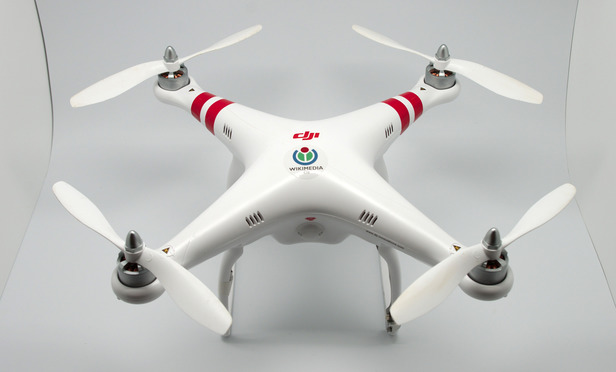The future for domestic drones is tantalizingly close and unquestionably promising. With their ability to hover, occupy uncommon vantage points and transport a wide range of payloads, drones (also called unmanned aerial vehicles, or UAVs) can perform a vast variety of tasks, ranging from law-enforcement reconnaissance to take-out food delivery. To name but a few: drones have been used to inspect pipelines and dams, sell real estate, analyze crop and livestock conditions, fertilize farm fields, spot forest fires, rescue lost hikers, deliver medical supplies to remote regions, help predict storms and provide traffic reports. In the future, the fruit you eat may well be inspected by a drone. Famously, the online retailer Amazon.com Inc. recently announced plans to start shipping packages by drone in the next five years. And according to a study by the Association for Unmanned Vehicle Systems International (AUVSI), the drone industry in the United States could produce up to 100,000 new jobs and add $82 billion in economic activity between 2015 and 2025.
While that may seem like the stuff of science fiction, it is not. Drones are a normal part of life in many countries. In China, drones deliver boxes and birthday cakes. Farmers in Japan have used drones in agriculture for many years, and farmers in Australia appear poised to do the same. In South Africa, drones have even delivered beer at a music festival. And although the U.S. prohibits the routine use of drones over densely populated areas, the Federal Aviation Administration has nonetheless issued more than 1,000 limited-use exceptions for drones in the last five years. In so doing, the FAA has allowed drones to be used for university research, firefighting, disaster relief, search and rescue, law enforcement, border patrol and military training. It is, moreover, perfectly legal to purchase a drone in the U.S., and multiple companies offer a wide variety of models at modest cost (often no more than a few hundred dollars).






